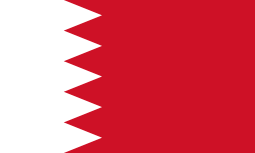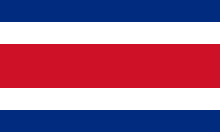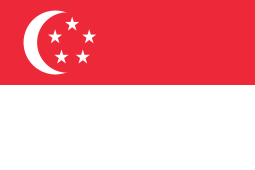Design Cities (UNESCO)
UNESCO's Design Cities project is part of the wider Creative Cities Network. The Network launched in 2004, and has member cities in seven creative fields. The other fields are: Crafts and Folk Art, Music, Film, Gastronomy, Literature, and Media Arts.
Criteria for UNESCO Design Cities
To be approved as a Design City, cities need to meet a number of criteria set by UNESCO.[1]
Designated UNESCO Design Cities share similar characteristics such as having an established design industry; cultural landscape maintained by design and the built environment (architecture, urban planning, public spaces, monuments, transportation); design schools and design research centers; practicing groups of designers with a continuous activity at a local and national level; experience in hosting fairs, events and exhibits dedicated to design; opportunity for local designers and urban planners to take advantage of local materials and urban/natural conditions; design-driven creative industries such as architecture and interiors, fashion and textiles, jewelry and accessories, interaction design, urban design, sustainable design.
About the cities
In 2005, Buenos Aires became the first Design city - with Montreal joining in 2006. [2]
Buenos Aires is home to the Metropolitan Design Center (CMD) created in 2001 with the aim of stimulating the productive framework and the quality of life of the citizens of the city, through an effective management of the various areas of design. International Festival of Design is conducted annually in the CMD. In 2014, The Design District was created to consolidate design industry and services of the city in a distinguishing territory and in this manner creating a design-intensive manufacturing cluster.[3]
Montreal is known with a considerable number of venues for the presentation of design, along with notable organizations that highlight the creations of designers and architects from Montréal and elsewhere.[4]
Baku, located on the western shore of the Caspian Sea, has extremely varying architecture, ranging from the Old City (featuring the Palace of the Shirvanshahs, Maiden Tower and etc.), to modern buildings such as Heydar Aliyev Center designed by Zaha Hadid, Carpet Museum and Flame Towers.[5] Baku joined this network on the occasion of World Cities’ Day as Design Cities on October 31, 2019 along with Asahikawa (Japan), Bangkok (Thailand), Cebu City (Philippines), Fortaleza (Brazil), Hanoi (Vietnam), Muharraq (Bahrain), Potsdam (Germany) and San José (Costa Rica).[6]
Cities of Design
There are 37 Cities of Design.














.svg.png)







.svg.png)

.svg.png)












See also
References
- "The Creative Cities Network - A Global Platform for Local Endeavour" (PDF). UNESCO.
- "creative cities map | Creative Cities Network". en.unesco.org. Retrieved 2019-11-08.
- "Buenos Aires - City of Design" (PDF). UNESCO. Retrieved 2019-11-08.
- "Montreal | Creative Cities Network". en.unesco.org. Retrieved 2019-11-08.
- "UNESCO Picks Caspian Cities For Its Creative Cities Network". caspiannews.com. Retrieved 2019-11-08.
- "UNESCO celebrates World Cities Day designating 66 new Creative Cities". UNESCO. 2019-10-30. Retrieved 2019-11-08.
- "Asahikawa".
- "Baku".
- "Bandung".
- "Bangkok".
- "Beijing".
- "Bilbao".
- "Brasilia".
- "Budapest".
- "Buenos Aires".
- "Cebu City".
- "Curitiba".
- "Detroit".
- "Dundee".
- "Fortaleza".
- "Geelong".
- "Graz".
- "Hanoi".
- "Helsinki".
- "Istanbul".
- "Kaunas".
- "Kobe".
- "Kolding".
- "Kortrijk".
- "Mexico".
- "Montreal".
- "Muharraq".
- "Nagoya".
- "Puebla".
- "Querétaro".
- "Saint-Etienne".
- "San José".
- "Seoul".
- "Shanghai".
- "Shenzhen".
- "Singapore".
- "Torino".
- "Wuhan".